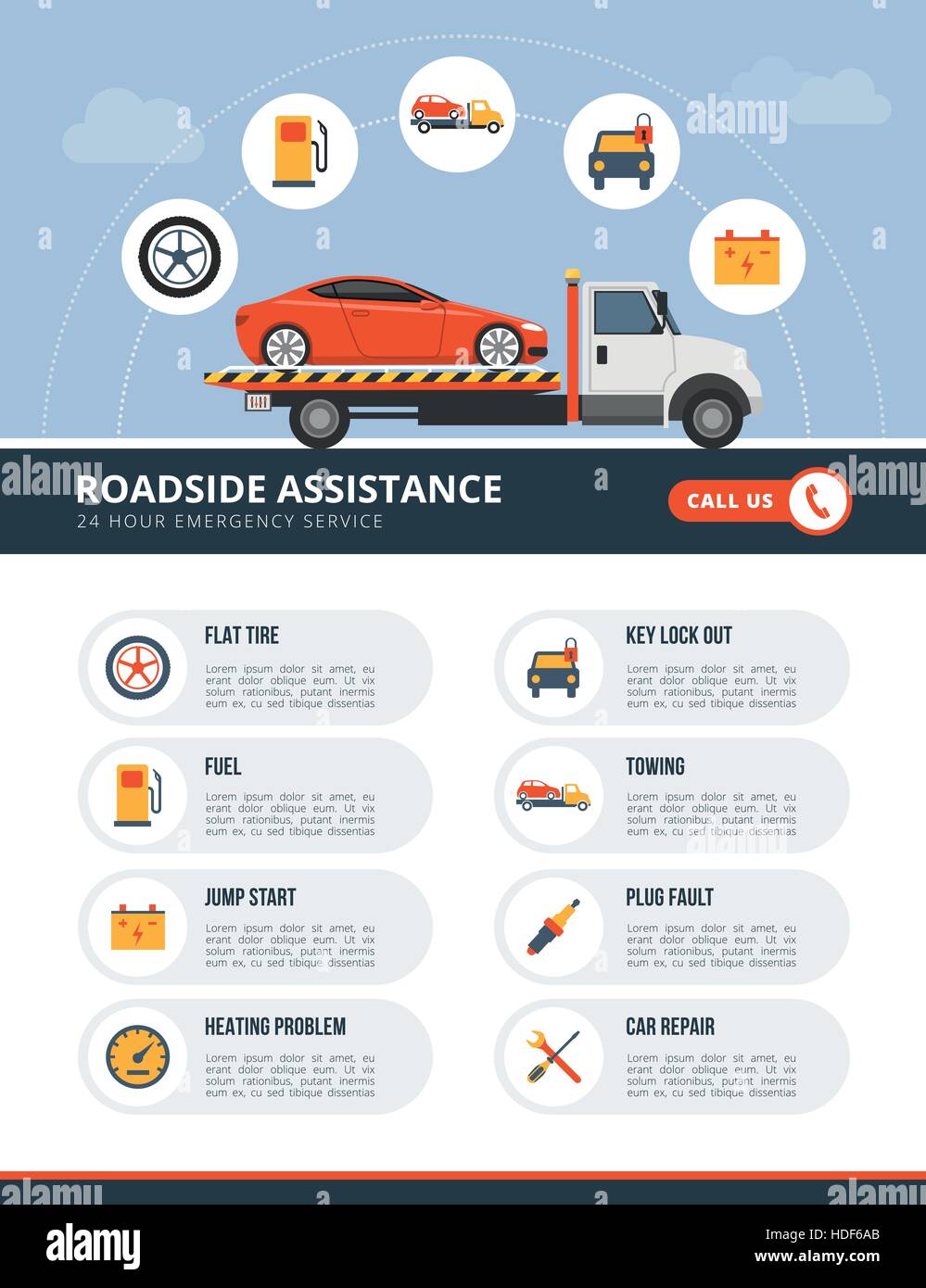Open The Hood To Discover Usual Brake System Concerns And Their Fixes, Yet What About Spongy Brake Pedals? Learn The Option In Advance! Find Out More Listed Below
Open The Hood To Discover Usual Brake System Concerns And Their Fixes, Yet What About Spongy Brake Pedals? Learn The Option In Advance! Find Out More Listed Below
Blog Article
Developed By-Flynn Dean
When it involves your vehicle's brake system, recognizing common issues can save you from potential safety and security risks. From recognizing brake pad wear to dealing with brake liquid leakages, understanding just how to deal with these problems is important. But what about those mushy brake pedals? There's a solution for that as well. Stay tuned to read more about these issues and the practical solutions that can maintain you safely when traveling.
Brake Pad Wear and Substitute
When it comes to keeping your car's brake system, one crucial facet to watch on is the wear and replacement of brake pads. Brake pads are necessary elements that push against the brake blades to decrease or stop your car. In time, these pads wear down because of friction, needing normal assessment and replacement to guarantee your brakes function effectively.
To identify if your brake pads require replacement, listen for shrieking or grinding sounds when you apply the brakes. Furthermore, if your vehicle takes longer to stop or you see resonances or pulsations when stopping, it might be time to replace the brake pads.
Ignoring used brake pads can result in lowered stopping performance, damage to other brake elements, or perhaps brake failure.
Changing https://drivers-class-near-me40628.blogacep.com/35452317/do-it-yourself-or-professional-auto-fixing-establishing-the-right-approach-for-your-car-demands is a reasonably simple procedure for many lorries. Nonetheless, if you're unsure or awkward performing this job, it's best to seek advice from a specialist mechanic to make sure proper installation and ideal brake performance.
Regularly inspecting and replacing https://garrettupkey.59bloggers.com/30688856/prepared-on-your-own-for-a-journey-of-discovery-as-you-reveal-the-unusual-revelations-that-exist-within-the-realm-of-auto-repair-work is essential for your security and the longevity of your automobile's braking system.
Brake Fluid Leaks and Maintenance
To ensure your automobile's brake system operates optimally, it is essential to also pay attention to brake fluid leaks and upkeep. Brake liquid is critical for transferring the force from your foot on the brake pedal to the actual braking system. One common issue with brake liquid is leakages, which can occur due to tatty brake lines, seals, or links. If you discover a puddle or leaks under your auto, it's essential to attend to the leak immediately to prevent a prospective brake failing.
On a regular basis checking your brake fluid degree is crucial to maintaining your brake system. Low brake fluid can cause air entering the brake lines, which endangers braking efficiency.
In addition, old or infected brake fluid can affect the total efficiency of your brakes. It's advised to adhere to the producer's guidelines on when to change the brake liquid, commonly every 2 years.
Spongy Brake Pedal: Blood Loss Brakes
If you have actually ever experienced a squishy brake pedal while driving, you recognize the importance of preserving a firm and receptive braking system. One common source of a squishy brake pedal is air entraped in the brake lines. When air gets in the brake system, it can cause a loss of hydraulic pressure, leading to that upsetting spongy feeling when you press the brake pedal.
To solve this problem, bleeding the brakes is needed. Hemorrhaging the brakes includes eliminating the air from the brake lines to restore appropriate hydraulic pressure.
To hemorrhage the brakes, you'll require an assistant to aid you. Begin by finding the brake bleeder valve on each wheel, normally located near the brake caliper. With https://www.bloomberg.com/news/articles/2021-11-17/blackstone-s-service-king-flags-cash-crunch-earnings-decline , loosen the shutoff and have your helper press the brake pedal while you observe any air bubbles coming out. Repeat this process for each and every wheel, starting from the wheel farthest from the master cylinder and moving more detailed.
As soon as you no more see air bubbles and just clear liquid arises, tighten the valve and top up the brake liquid reservoir as needed. Hemorrhaging the brakes helps make sure a firm brake pedal and boosts overall braking performance.
Conclusion
Since you recognize typical brake problems and exactly how to fix them, you can guarantee your car's safety and performance. Remember to pay attention for warning signs like shrieking noises or mushy brake pedals, and address them promptly. Normal upkeep and timely replacements are key to maintaining your brakes in top condition. Remain positive and conscientious to your brake system to appreciate risk-free and trusted driving experiences.
